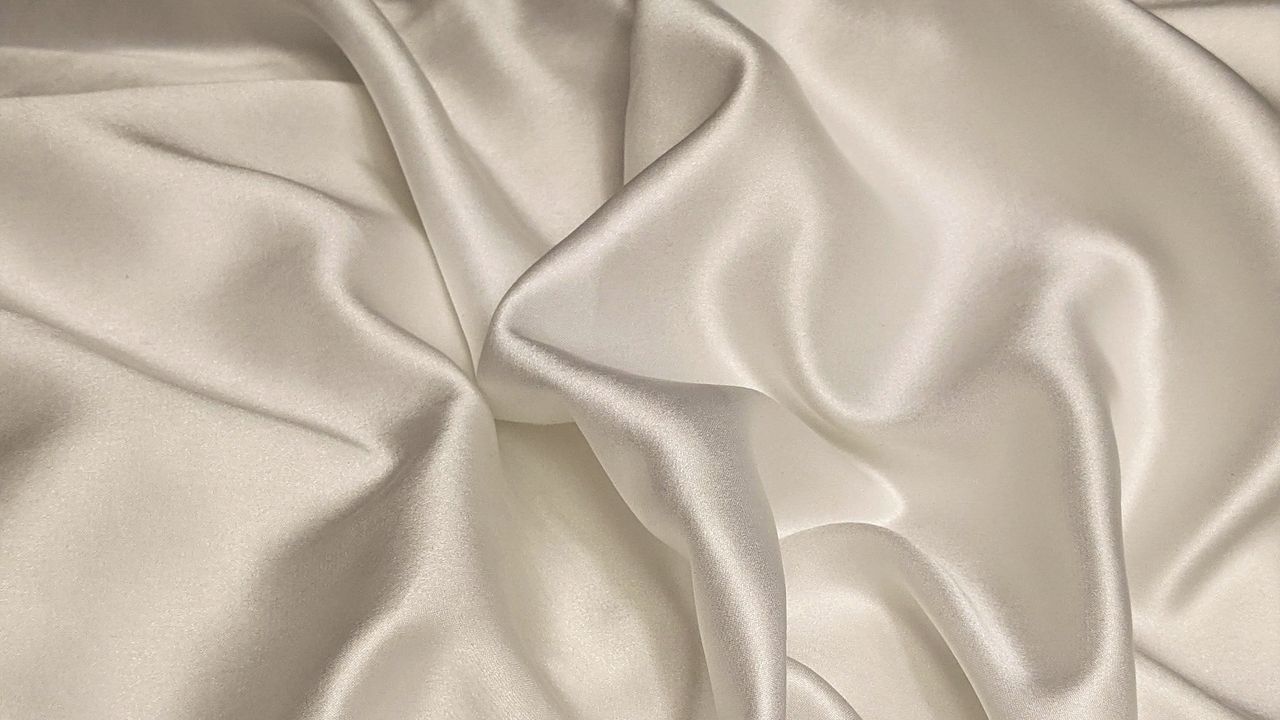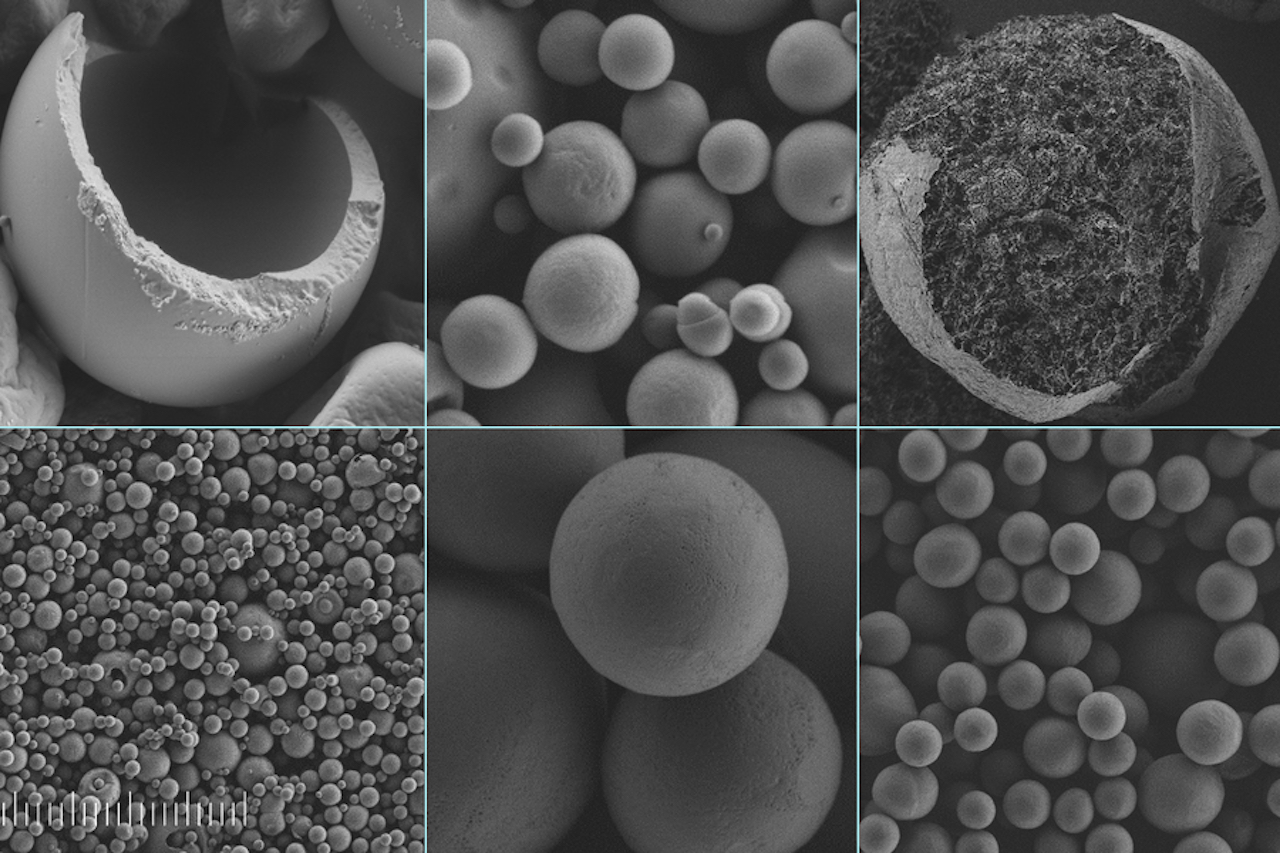Can Biodegradable Silk Replace Industrial Microplastics?
MIT scientists invent biodegradable silk as an alternative to microplastics being used in the production of cosmetics, agricultural chemicals, paints, etc.

Image: Susan Wilkinson
With increasing environmental pollution and drastic climatic changes, microplastics have been under constant scrutiny. These tiny plastic particles are found everywhere – in the air, soil, and water – even, in human blood. Amid the rising environmental and health concerns, an MIT research team has found a way to combat microplastics with the help of biodegradable silk.
The MIT team has curated a silk-based system to form an inexpensive alternative to microplastics. This new study is published in the journal Small and was authored by Benedetto Marelli (MIT professor of civil and environmental engineering), Muchun Liu (MIT postdoc), and BASF company’s team based at American and German facilities.
Typically, microplastics are intentionally added to various products, like paints, personal care products, agricultural chemicals, cleaning products, and detergents. It is estimated that European Union alone produces around 50,000 tons of microplastics every year. Therefore, the EU states have recently declared to find suitable replacements to reduce the use of non-biodegradable microplastics, most probably by 2025.

Image: MIT
Therefore, the new eco-friendly biodegradable silk is being considered an effective solution to substitute the use of microplastics in various industries. However, it will be a solution to create new materials that would make up only 10 to 15 percent of environmental microplastics, which means it won’t be effective on a massive scale.
Nonetheless, using silk as a sustainable, biodegradable material offers many benefits. For instance, it is safe to make medical and food products, as this non-toxic material easily breaks down in the human body. Silk is an affordable material as it makes use of the parts of the silkworm cocoon. Hence, it does not need expensive techniques to produce.
Thanks to traditional spray-based equipment for manufacturing, the researchers have effectively produced water-soluble microencapsulated herbicide products using the custom silk-based coating material. The processing is very simple and easy to modify, depending on the application and intent of use.
When tested on greenhouse-grown crops, it provided better results and caused less damage to the plants than other commercially available products. Thanks to the material’s tunability, it is very effective yet unique. Since it is easier to adjust silk’s polymer chain arrangements, it becomes convenient to refine its coating properties once it hardens and dries up.
This innovative silk system appears to be a suitable replacement for microplastics. It could also help us to fight the challenges that we face every day to reduce plastic-related issues. With the help of these exquisite materials, the EU and other nations are most likely to attain their sustainable environmental goals soon.
Via: Inhabitat


